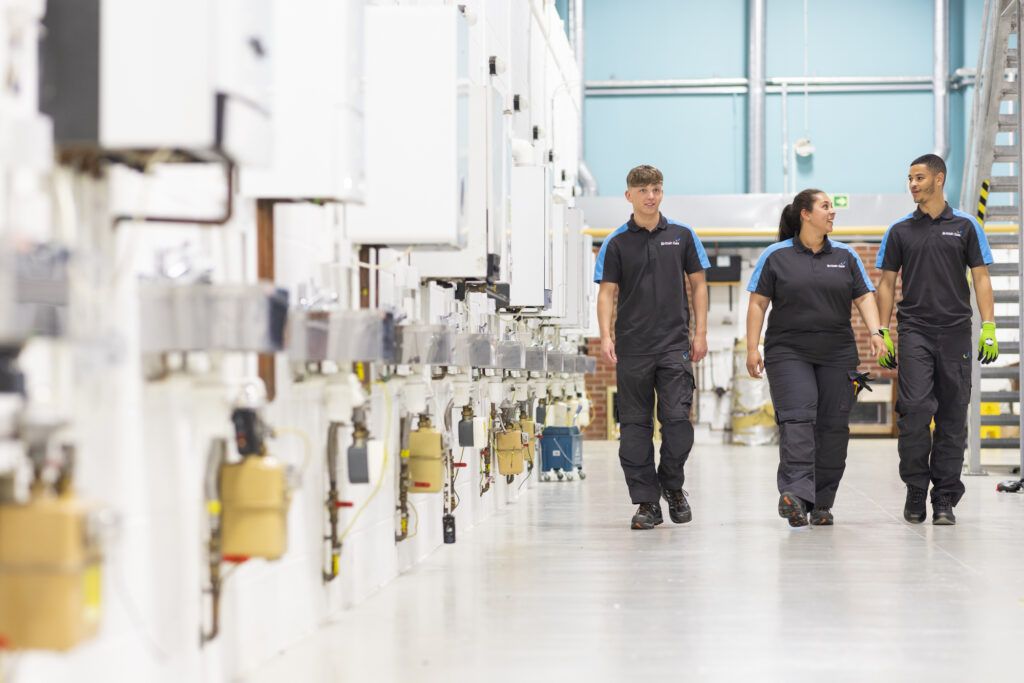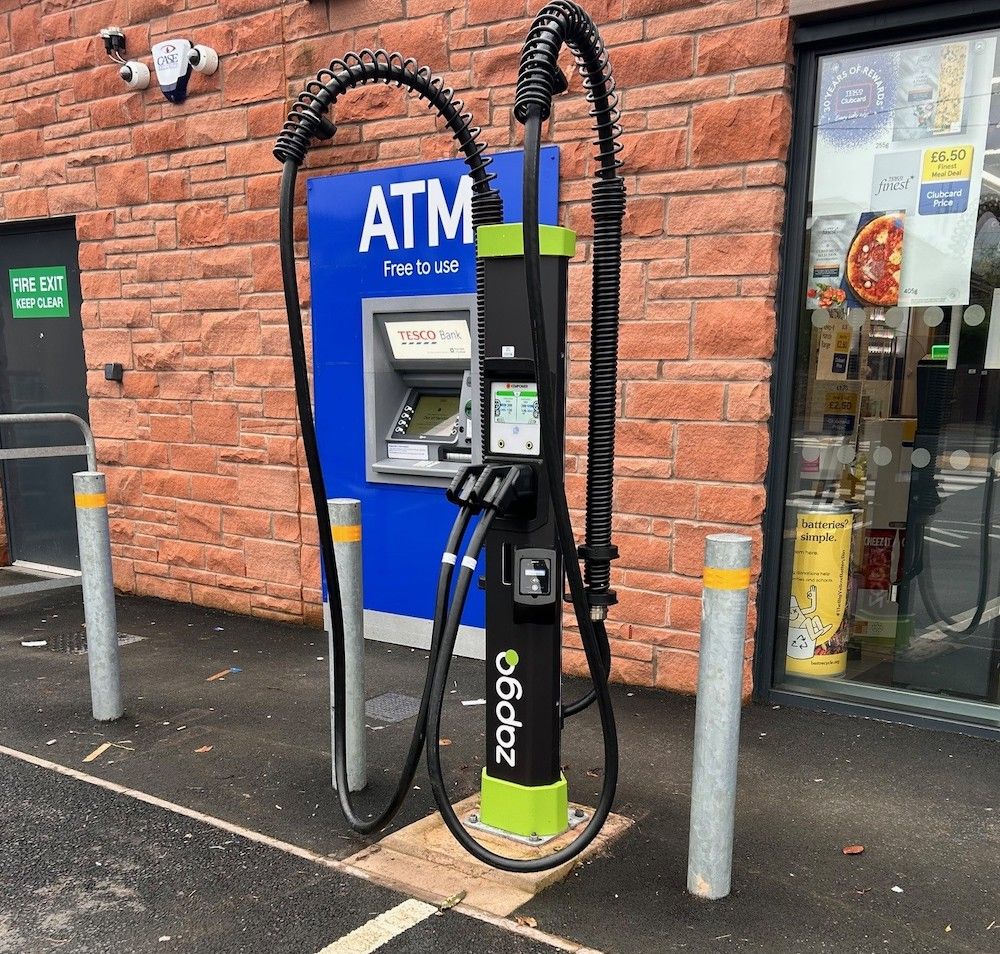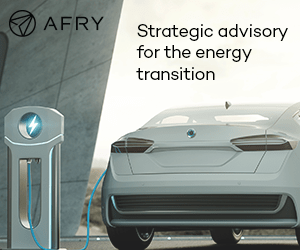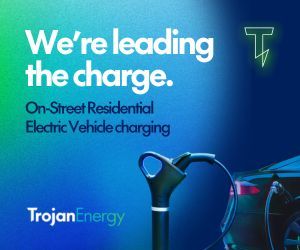Sara Sloman, Chief Strategy Officer at Paythru, discusses how to make private EV chargers into revenue generating assets.
Much talk about EV charging concerns local authorities deploying public chargers en masse. But a critical part of the transition will come from owners and operators of private land – car parks, workplaces, train stations, hotels, and so on – deploying chargers.
Such organisations deploy chargers so for a variety of reasons, but all will require capital outlay, and most will require users to pay to charge, to recoup that cost. The good news is chargers can be quite lucrative – a Savills report found a well-placed charger could generate £4,000 per year. That is good for operators but also good for the transition – if chargers become a good investment, more will be deployed by private companies.
But charger deployments often do not think beyond getting them in the ground, which limits their revenue generating potential. In researching our recent report ‘You’ve installed EV chargers on your site – now what?’ we found that there a lot more that can be done to increase chargepoint revenue.
Get people to use them
The obvious way to generate more revenue is to attract more users.
The first thing to do is to put them on platforms such as Zapmap, so they can be found by people looking for a charge.
But operators can be more creative. Many fleets may be interested in using unused car park and workplace chargers at night. Conversely fleet hubs may want to provide low cost charging to local EV drivers during the day. For the more entrepreneurial, a car park that is full of workers during the week, but empty at weekends, could be a great place for events – say a weekend market – with EV charging attracting affluent socially conscious types.
Partnerships can also boost business. A retail centre car park could partner with businesses in the park to generate attractive offers – eg a discounted lunch for local taxi fleets while they charge, or loyalty points through the charging app which can be redeemed in the retail park.
Beyond attracting people, charging can also monetise eyeballs. Most charges involve an app or using a digital display – that provides a great place to sell adverts or promotions for local businesses, or brands wanting to target EV drivers.
Make them easy to use
The other aspect of revenue generation is making it easy to use when the driver gets there. People want to arrive, plug in, start the charge, and pay for it simply.
This is particularly true given the growing trend towards ‘grazing’, where people do lots of short top up charges while they are parked. Grazers might access lots of chargers in a week, and can easily skip one if it’s too complicated. So the easier to use, the more revenue you get for grazers.
Apps or RFID cards can be good for people who use your chargers a lot, such as people who park for work. Occasional or passing users will more likely want to pay with a credit or debit card at a terminal, or via a very simple web app, with no sign up.
There is no one size fits all solution – all of the above approaches work well for some and not for others. In designing your user experience, you need to consider all your users, and offer the full range of payment options they might want.
Digital solutions can help
Digital solutions will usually be needed for all of the above.
You may need to build an easy-to-use app for your users. Or to integrate payments into someone else’s app, to allow a charge to be added on to another service (such as a train company app, or a nearby shopping centre app).
Digital solutions can let you can setup alternative frontend payment options away from the chargepoint or the manufacturer’s app, such as payment webpage, or an integration that allows contactless or cash payments at existing parking terminals.
Digital technologies can also add in clever functionality, such as setting up loyalty schemes and promotions, or managing payment splits between multiple parties. The latter is particularly useful where there is value in streamlining multiple payments, for example allowing train commuters to use a single app to pay for a train ticket, parking ticket and EV charge. This is technically quite difficult to setup but, once done, it makes things very simple for the user.
The key is to lift the payment processing – the technically complex bit – away from the charger and into a cloud. That way it becomes possible to design multiple user-friendly front end user experiences, and layer valuable digital services on top.
In summary…
The opportunities discussed here will be different for different organisations. But whatever stage you are at on the EV journey, there are likely opportunities to get more from your charging infrastructure, both by attracting more users, and making it easier for people to engage. Our key takeaway is that car park operators should think beyond getting chargers in the ground, and think about the opportunities to get the most from them.










